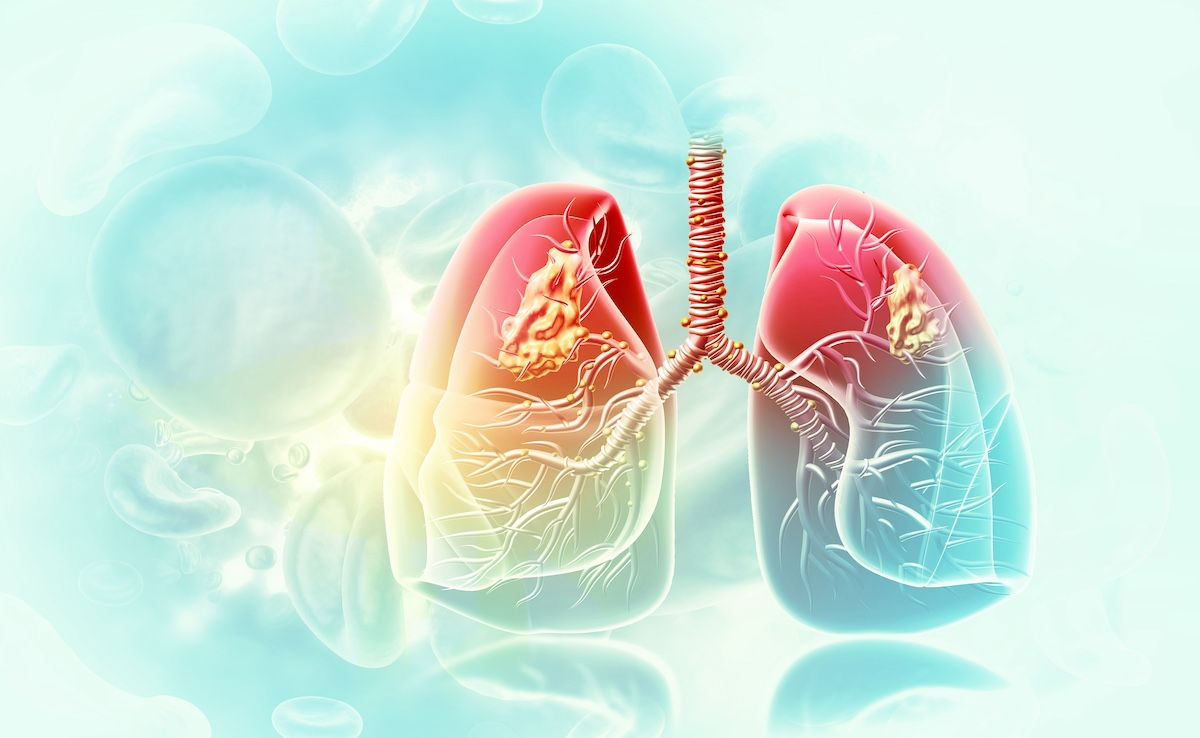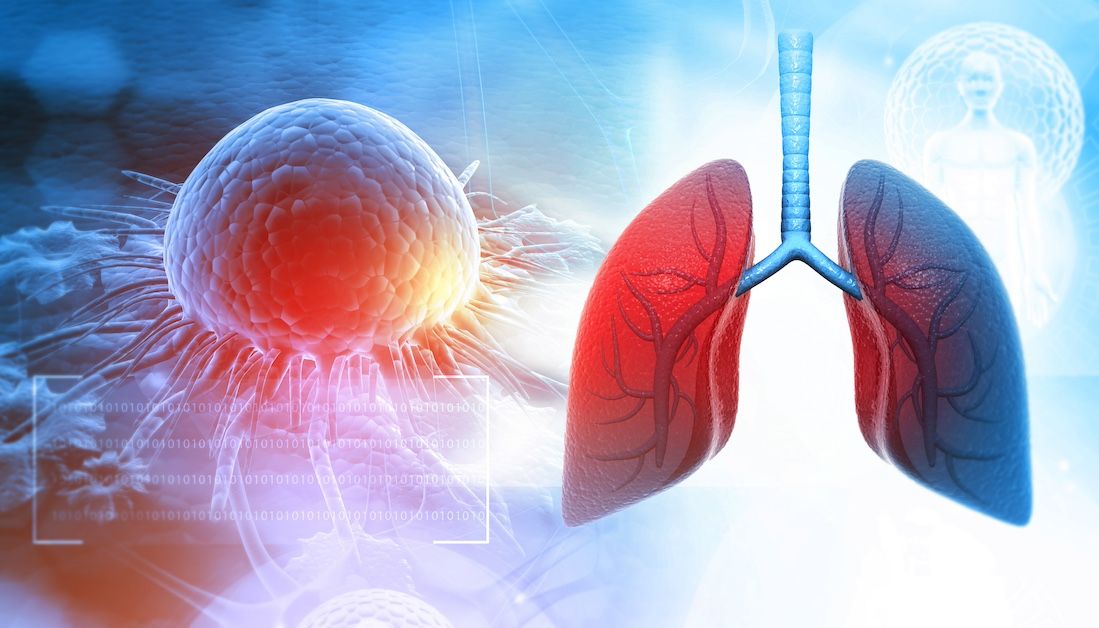News
Article
Wildfire Smoke Linked to Worse Survival for Individuals With NSCLC After Surgical Resection
Author(s):
Wildfire smoke is associated with worse survival for individuals with non–small cell lung cancer (NSCLC) who are recovering from surgical resection treatment.
Wildfire exposure was associated with generally worse survival after non–small cell lung cancer (NSCLC) surgical resection, suggesting that patients with lung cancer are at higher risk from the health hazards of wildfires and need to be prioritized in climate adaptation efforts, according to JAMA Oncology.
With the presence of climate change, wildfire activity in the United States has dramatically risen, presenting complex and compounding health hazards. Those discharged from the hospital after surgical resection of NSCLC might be at higher risk from wildfires’ health hazards.
The researchers’ goal was to evaluate the link between wildfire exposure and postoperative long-term overall survival among US patients with lung cancer.
Lung cancer is the second most commonly diagnosed cancer in the US and the leading cause of cancer-related death. Wildfire smoke is a considerable contributor to air pollution, with wildfire smoke exposure consistently associated with respiratory morbidity including lung cancer risk. Exposure to wildfire particulate matter less than 2.5 μm has been linked with cancer mortality.
In this cohort study, patients who underwent curative-intent NSCLC resection between January 1, 2004, and December 31, 2019, were chosen from the National Cancer Database. Daily wildfire information was gathered at the zip code level from the National Aeronautics and Space Administration Fire Information for Resource Management System. The data analysis was undertaken between July 19, 2022, and April 14, 2023.
Then, active wildfires were identified at the zip code of residence between 0 and 3, 4 and 6, or 7 and 12 months after NSCLC surgery. Overall survival was outlined as the pause between age at hospital discharge and age at death, last contact, or study end, whichever came first. Cox proportional hazards were used for predicting HRs adjusted for sex, region, metropolitan category, health insurance type, comorbidities, tumor size, lymph node involvement, era, and facility type.
A total of 466,912 individuals were included in the study (249,303 female [53.4%] and 217,609 male [46.6%]; mean [SD] age at diagnosis, 67.3 [9.9] years), with 48,582 first exposed to a wildfire between 0 and 3 months, 48,328 between 4 and 6 months, and 71,735 between 7 and 12 months after NSCLC surgery. Individuals exposed to a wildfire within 3 months (adjusted HR [AHR], 1.43; 95% CI, 1.41-1.45), between 4 and 6 months (AHR, 1.39; 95% CI, 1.37-1.41), and between 7 and 12 months (AHR, 1.17; 95% CI, 1.15-1.19) after hospital discharge following stage I to III NSCLC resection had worse overall survival than those who weren’t exposed.
The link between wildfire exposure and overall worse survival was significant for individuals undergoing resection for stage I to III disease, when surgery is recommended. Additionally, the magnitude of the association between wildfire exposure and mortality was greater in the first months after hospital discharge when those recovering from lung cancer surgery might be most at risk from the wide range of health threats of wildfires.
Future studies should review how regional variability in wildfires’ characteristics, the associated health hazards (like wildfire smoke, water contamination), health care access, and disaster preparedness efforts influence the link between wildfire exposure and survival amongst individuals diagnosed with cancer.
Finally, the researchers said that disaster preparedness and response to wildfires should consist of approaches for identifying and contacting individuals recovering from ling surgery; providing a portable medical card with diagnosis, treatment, and survivorship care information; and offering information on how to make an evacuation plan, register for special needs shelters, access mental health resources, and decrease exposure to contaminated air, water, and soil.
Experiences gained from disaster and preparedness response efforts for patients with cancer can be integrated for supporting other medically high-risk communities.
Some limitations of this study included a lack of information about smoking history, performance status, specific cause of death, wildfire intensity and duration, wildfire-related displacement, and wildfire-related socioeconomic, psychological, and physical health consequences.
“Strategies for identifying and prioritizing this medically high-risk population in wildfire specific emergency preparedness and response efforts nationally are crucial for improving adaptive capacity in the era of climate change,” concluded the researchers.
Reference
Zhang D, Xi Y, Boffa DJ, Liu Y, Nogueira LM. Association of wildfire exposure while recovering from lung cancer surgery with overall survival. JAMA Oncol. Published online July 27, 2023. doi:10.1001/jamaoncol.2023.2144

Insufficient Data, Disparities Plague Lung Cancer Risk Factor Documentation



